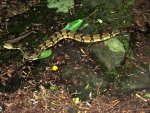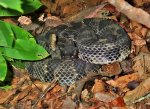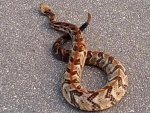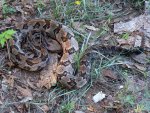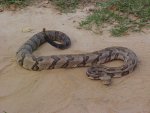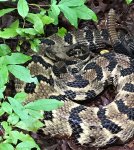sinclair1
Senior Member
You need some snake glovesI can think of about a dozen people off the top of my head I know that have been bitten. Snake boots wouldn't have saved a one of them. Mostly bites to the hand or finger while working by copperheads that they didn't see and reached too close to. I don't know anybody I can think of offhand who was bitten on the leg.

